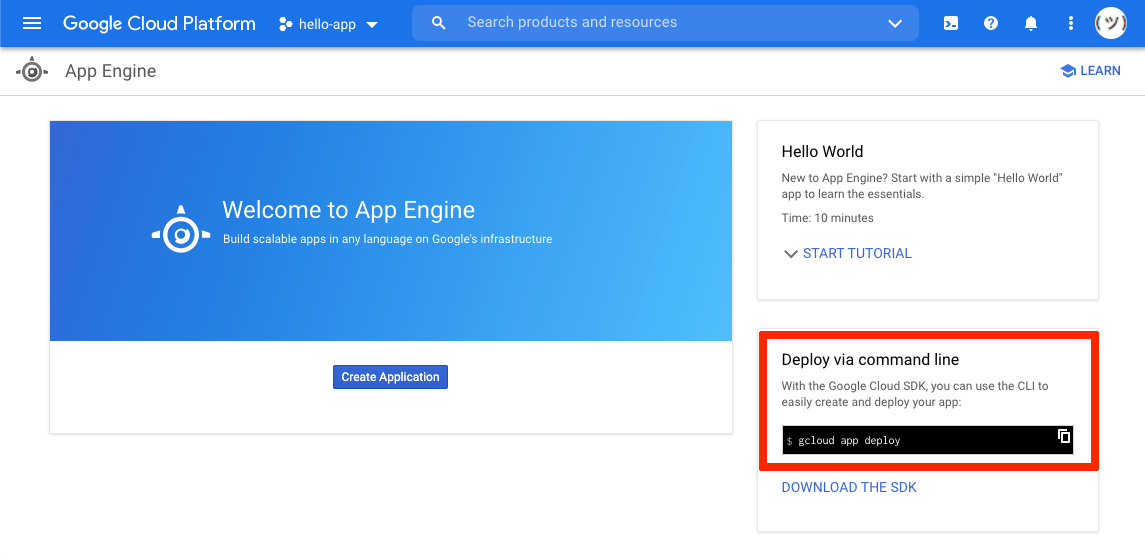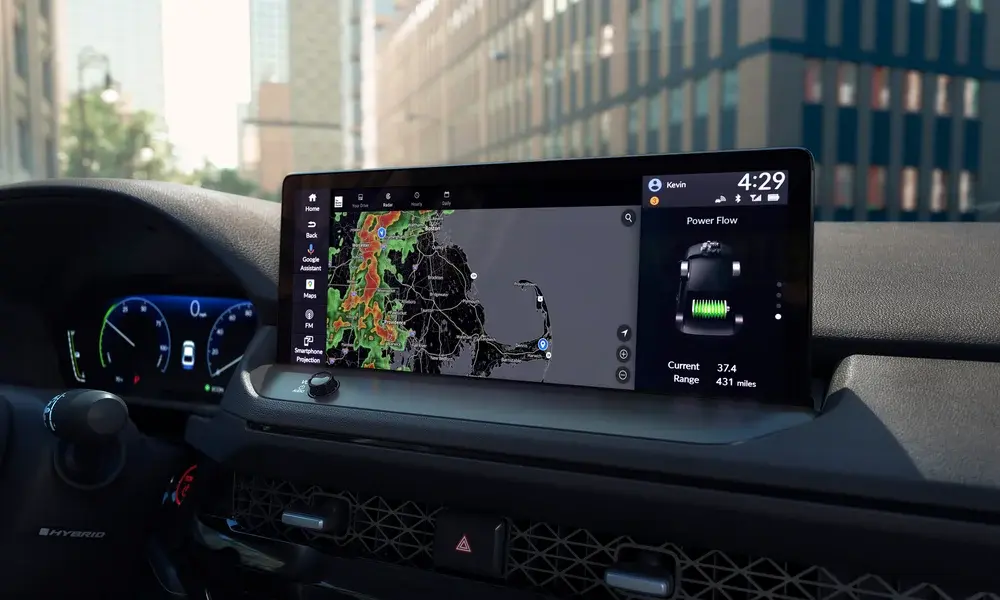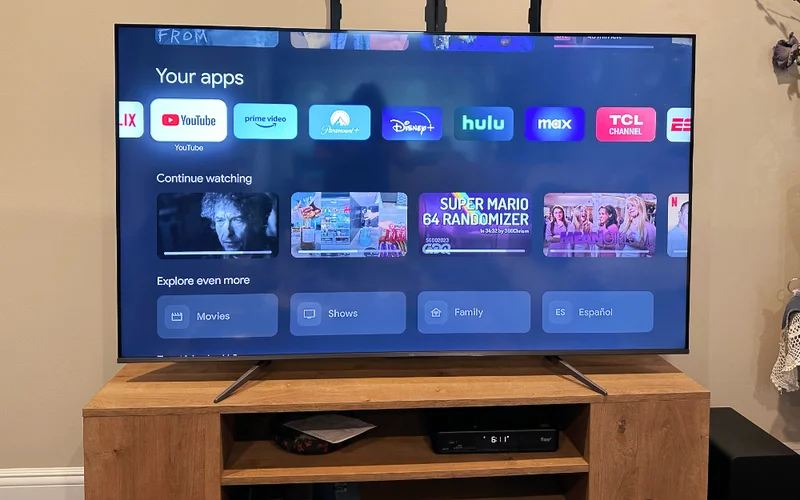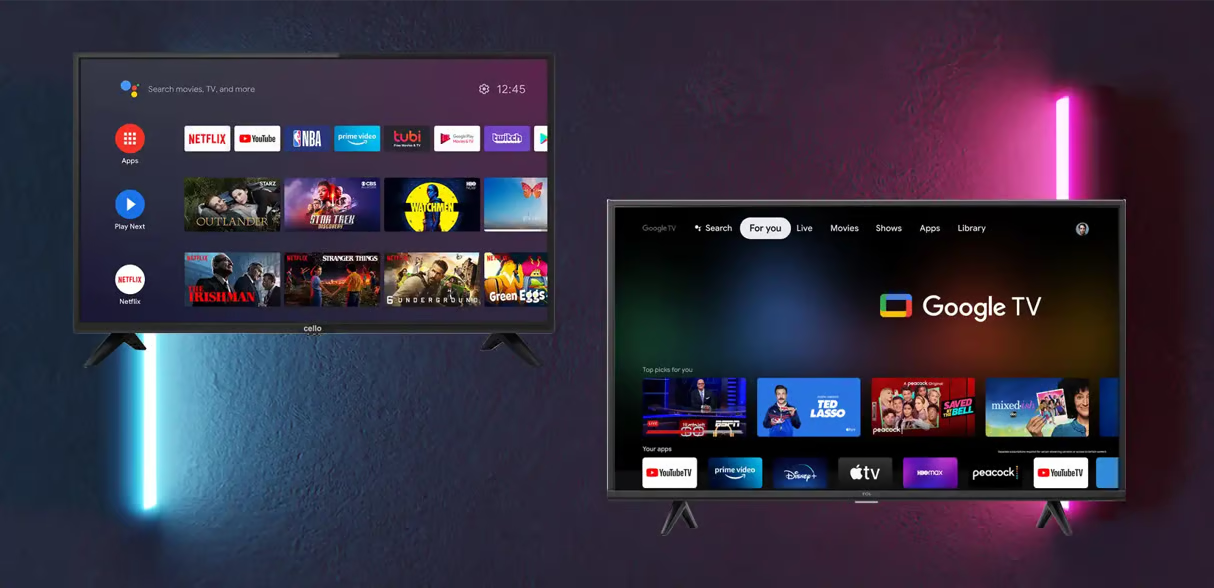![How I Ditched Google Photos and Took My Backups Back [Video]](/featured/2024/07/ditched-Google-Photos.webp)
How I Ditched Google Photos and Took My Backups Back [Video]
In the present computerized age, photographs and recordings are something other than recollections; they're an organized chronicle of our lives. I've generally found that putting away them all can be a test, particularly when we include video.
For quite a while, Google Photographs has been the most helpful arrangement, however the month to month membership charge and potential security concerns probably won't be worth the effort for a few truly magnificent highlights. Doing the change to different administrations is, thusly, a captivating possibility.
As of late, to test what choices are out there and to assume more noteworthy command over my photographs while dumping the inexorably costly cloud membership. The most well-known answer I found? The Synology BeeStation, an as of late delivered individual distributed storage gadget. Here is my account of why I did the switch and how I got it done (decently) flawlessly.
Why I Wanted to Replace Google Photos?
There were three principal purposes for my choice - and I'm certain a many individuals are having similar considerations:
Cost: Google Photographs offers free capacity for "top caliber" photographs, however with slight pressure that diminishes generally speaking picture loyalty. Moving up to store unique quality photographs requires a month to month membership charge.
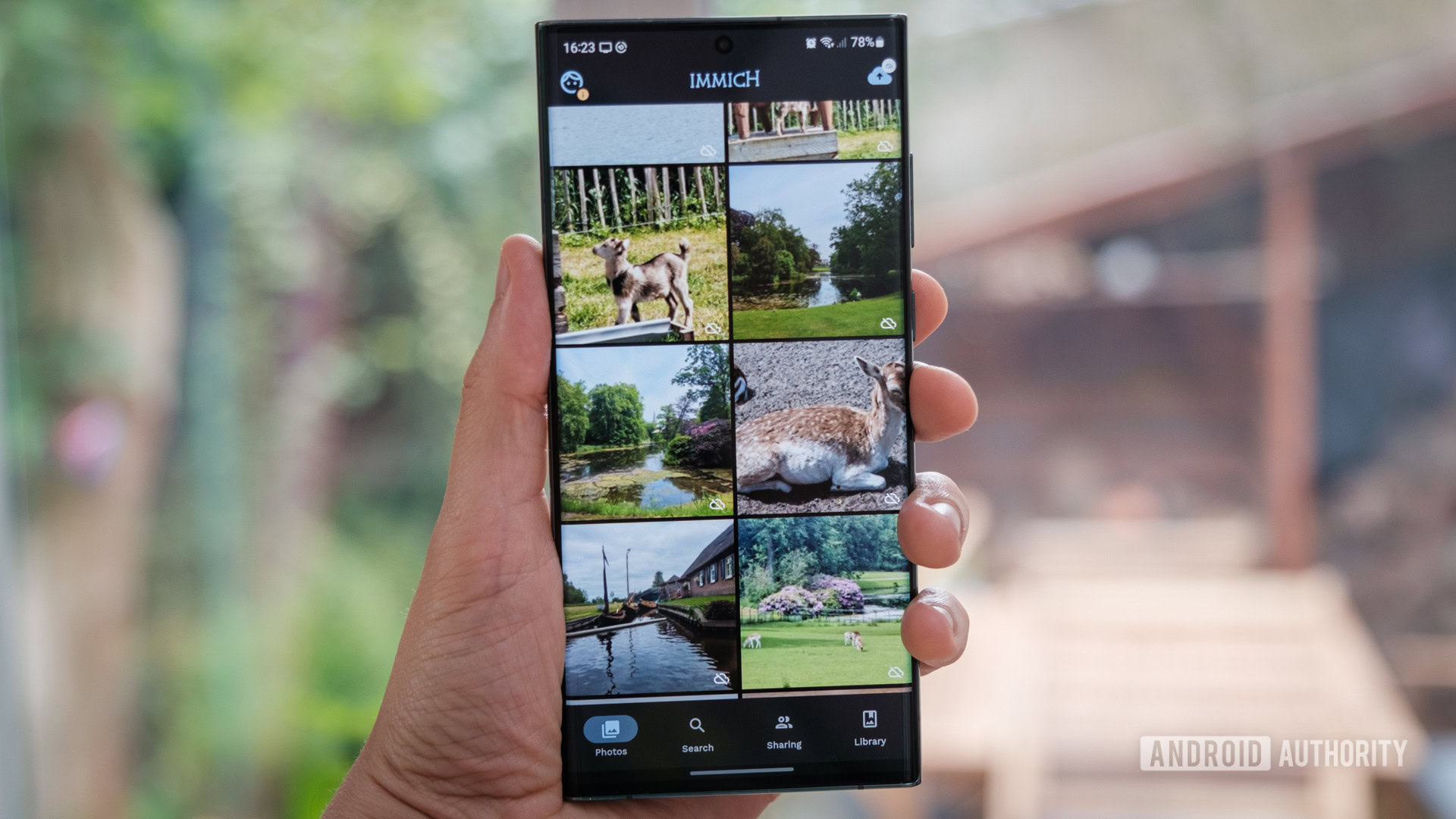
These charges might appear to be irrelevant at first, yet they can include fundamentally over the long haul — particularly once you go past the 2TB stockpiling plan.
Following quite a while of ordering pictures, recordings, and heaps of different documents, I have wound up overseeing and my cloud library more than I ought to have to. This drive will keep on working for a really long time even without a month to month charge.
Security and Control: Distributed storage administrations store your information on their servers. While most have strong safety efforts, the possibility of another person successfully holding my whole photographs library emancipate for a month to month expense wasn't something I was all that content with given the rising expenses.
I likewise needed the true serenity that accompanies having unlimited authority over my photographs. There was the additional advantage that I could give relatives access so they could keep their valuable recollections upheld without being integrated with a month to month membership with me.
Family reinforcements: I'm by all accounts not the only individual who needs to reinforcement their photographs, recordings, and documents. By and by, I would have quite recently settled on a totally disconnected arrangement with outside drives and be happy with physically moving things over I do this a great deal with SD cards and SSDs at any rate.
While that is perfect for one individual, my relatives are not tech-educated or dependable enough to guarantee they back up their documents by connecting them to a PC or Macintosh and moving them to an outside drive. Some don't possess a PC so an answer that eliminates at not many layers of disappointment is an unquestionable requirement.
Why I Settled on the BeeStation?
Once expense: (Ideally) It's a one-time buy that gives neighborhood capacity to my photographs, killing continuous membership costs. Furthermore, I have unlimited authority over who can get to my valuable documents, photographs, and recordings.
It's anything but an ideal stockpiling arrangement using any and all means either and it's not precisely modest - yet it is less expensive than a couple of long periods of comparably evaluated Google Photographs stockpiling.
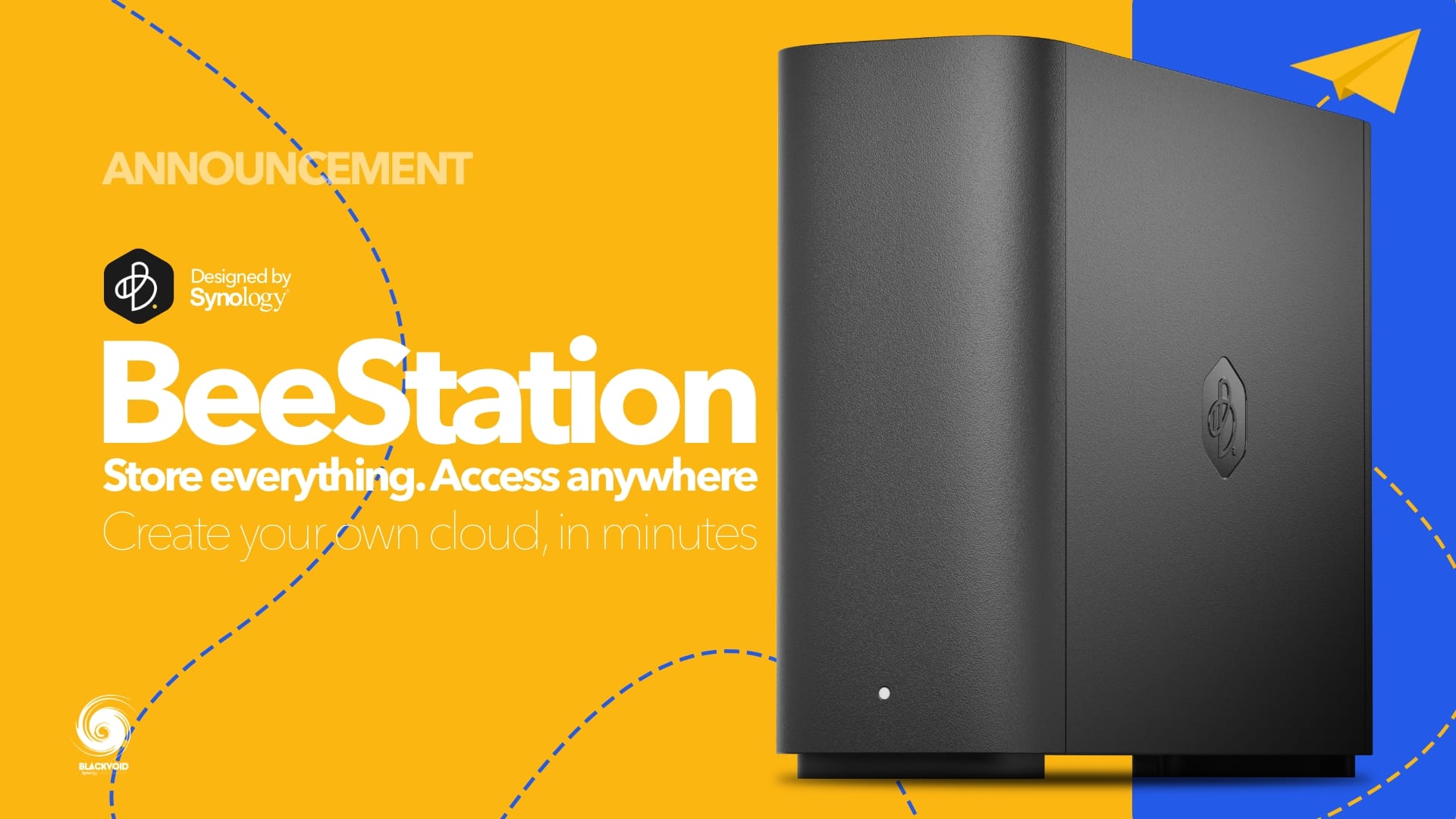
Under my influence: The drive will inhabit my home, associated with my organization, and means I can investigate anything inside before I would allow others to get to it.
Past Experience: I have utilized a few Synology items throughout the long term, so this felt like a decent split the difference among comfort and cost.
Getting Setup
Setting up the BeeStation was a breeze. It comes pre-designed, so all I needed to do was associate it to my organization and power it on. The included Synology Right hand programming made me through the excess strides.
In practically no time, I approached the BeeStation interface through an internet browser or the versatile application. The point of interaction is perfect and easy to use, with a smidgen of Google Photographs, making exploring and dealing with my records really simple.
Transferring My Content from Google Photos
I was stressed over the difficult errand of relocating long periods of records from my Google record to another help. In any case, those stresses were unwarranted as moving my photographs from Google Photographs to the BeeStation was really a clear cycle thanks to the Google Takeout capability.
To start the exchange, it's essentially as simple as signing into your Google account and takeout.google.com. Sign-in and the rest is clear. There, I chose Google Photographs for send out and guaranteed "All photograph collections included" was decided to catch my whole assortment.
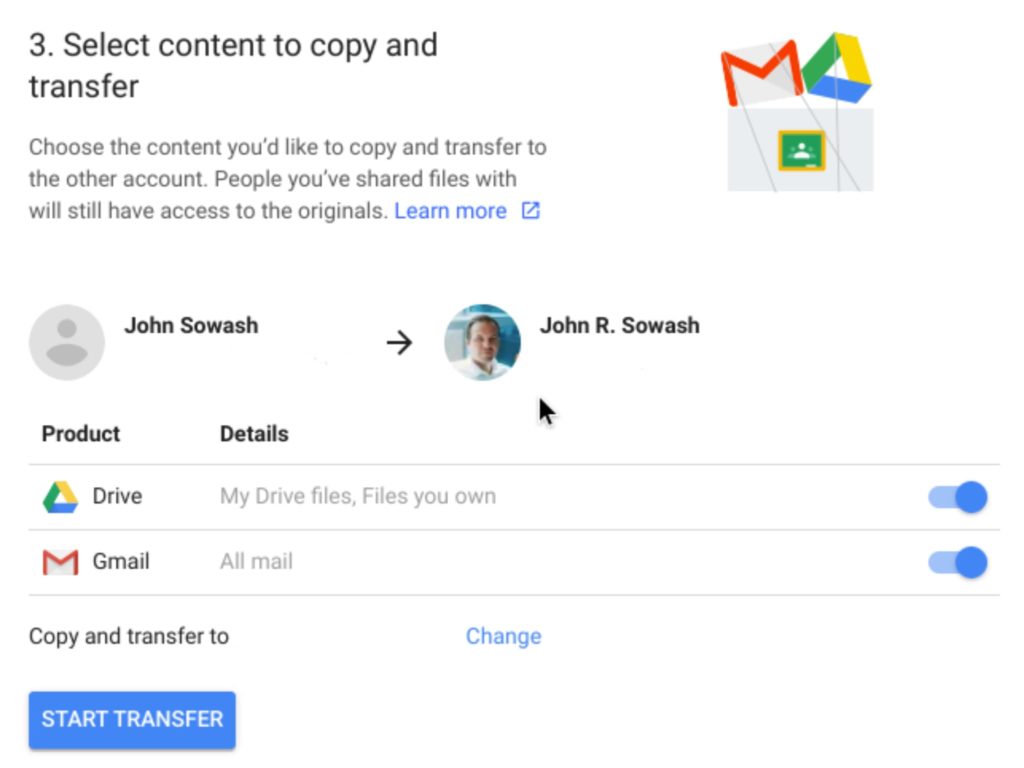
To guarantee legitimate metadata move like dates and areas, your Google account language should be set to English prior to making this product. This step could appear to be superfluous, however as indicated by Synology it assists BeePhotos with arranging your photographs sequentially and outwardly.
Then, I picked the ".zip" design for simple taking care of on the BeeStation and picked "Once send out" for conveyance. When the commodity cycle was finished, I downloaded the .compress document containing all my photographs.
The BeeStation equipment accompanies an implicit photograph the board application called BeePhotos. Inside BeePhotos, I assigned an envelope on the BeeStation to store my photographs.
This envelope can be named and coordinated for future reference in view of my inclinations. At last, I utilized the BeeStation work area application to transfer the downloaded. Compress record to the assigned envelope. The transfer cycle might take some time, contingent upon the size of your photograph assortment, however the BeeStation will keep you refreshed on the advancement.
Why This Solution Over Traditional Hard Drives?
There is positively no contention from me about conventional outer hard drives. They are a lot less expensive method for putting away information and can be gotten effectively and inexpensively. Like any drawn out stockpiling arrangement, they additionally accompany a few disadvantages. Disadvantages that made the BeeStation a more appealing choice for myself and, specifically, my loved ones.
With an outside hard drive, your photographs are just open on the associated gadget. The BeeStation permits me to get to my photographs from any PC or cell phone on my organization, making them all the more promptly accessible.
It additionally allows you to set programmed reinforcement usefulness, guaranteeing my photographs are constantly supported at whatever point I associate my telephone or tablet to the Wi-Fi organization.
Coming from Google Photographs, this felt like a high priority choice. The set-it-and-forget-it approach is something that implies my relatives keep all of their photographs, as well - regardless of whether there is an issue with their gadget later down the line.
This reward is twofold: It gives an additional layer of protection from coincidental information misfortune contrasted with a customary hard drive, which expects you to connect to a PC and physically move the entirety of your substance.
Since most modest outside stockpiling choices should be connected to get to, I can get to my photographs on the BeeStation through the versatile application, in any event, when I'm away from home. At the point when you travel a ton, this is really useful and permits you to offload photographs and recordings, similar as Google Photographs.
I additionally maintained that the capacity should let relatives store their own documents. The BeeStation permits me to make client accounts with various access levels. This allows me to impart my photograph assortment to loved ones while controlling who can see or alter what and copies the common collection includes that I love on Google Photographs.
Hence, while conventional hard drives offer a lower forthright expense, the BeeStation's elements and usefulness give a more vigorous and easy to understand answer for dealing with an enormous photograph assortment.
The most frustrating part of the BeeStation is that it has a totally fixed 5400rpm inward drive. Past the valuing, this is one of the significant disadvantages and could undoubtedly be a dealbreaker for some individuals. For crude reinforcements, things ought to be alright.
In the event that you have an amazingly enormous library over that 4TB breaking point, I would agree that that you'll have to search for another arrangement. It is totally fine for my particular use case.
However it is actually important that you can grow your capacity utilizing the implicit USB port would it be advisable for you really want the choice. I couldn't want anything more than to see Synology add a removable or client replaceable drive on the off chance that a refreshed model at any point receives the approval.
As I noticed, a full NAS framework would be my pointless excess answer for bigger records. I have involved the Synology DS923+ for some time as a catch-all reinforcement for my video content creation process.
While instinctive, this isn't so consistent as the application centered BeeStation approach and has a considerably more extravagant asking cost than this straightforward NAS-however not-exactly a-NAS arrangement. Since I had an extraordinary involvement in that particular arrangement, I was resolved to attempting the BeeStation in any case.
In the event that anybody is pondering, I wouldn't suggest getting the BeeStation as a Plex server. It isn't even upheld, and it misses the mark on ability to do any genuine video transcoding on the fly. Take a gander at different choices on the off chance that that is you might want to's specialty.
Google Photos ‘Lite Edition’
BeePhotos isn't simply a capacity arrangement; it's a strong photograph the executives device that, while noteworthy, clearly misses the mark on part of the flawless computer based intelligence fueled highlights Google Photographs can promote.
All things considered, I have been astounded at how well it handles what I believed that it should do. Perhaps long stretches of Google's distributed storage plan have distorted my feeling of what different brands could accomplish.

The main thing for me is that I can design BeePhotos to naturally back up photographs and recordings from my telephone or tablet at whatever point it associates with the Wi-Fi organization.
Very much like Google Photographs, this guarantees I never lose a valuable memory, whether it's a real to life second or an arranged family photograph not that I take a significant number of those, believe it or not.
Like 99.9% of items nowadays BeePhotos utilizes man-made consciousness to arrange my photographs in view of content naturally. It can recognize scenes, representations, articles, and even faces. This makes looking for explicit photographs a lot simpler.
.
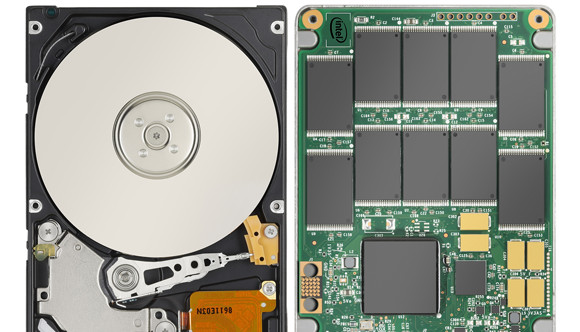


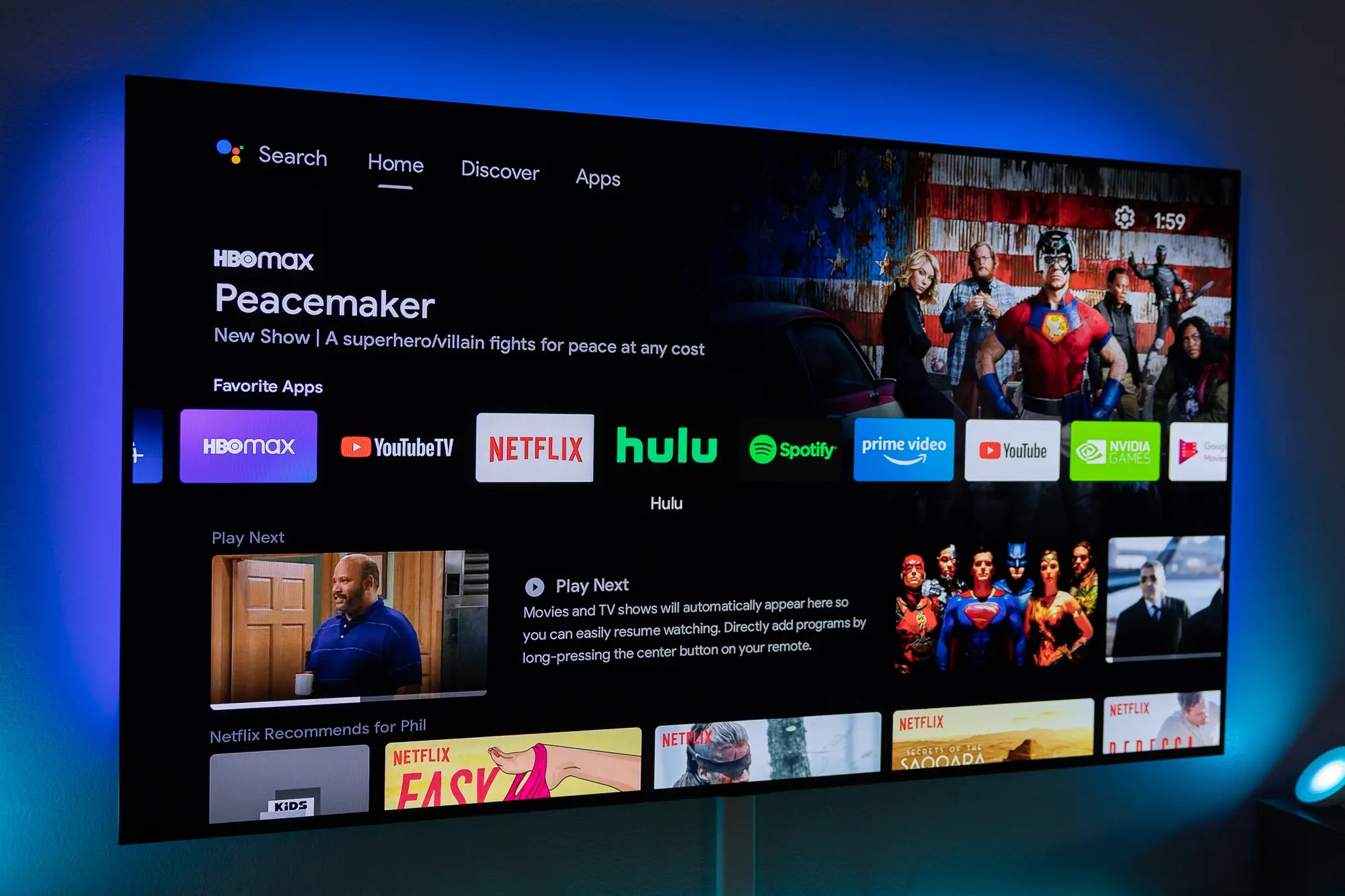
.jpg)
